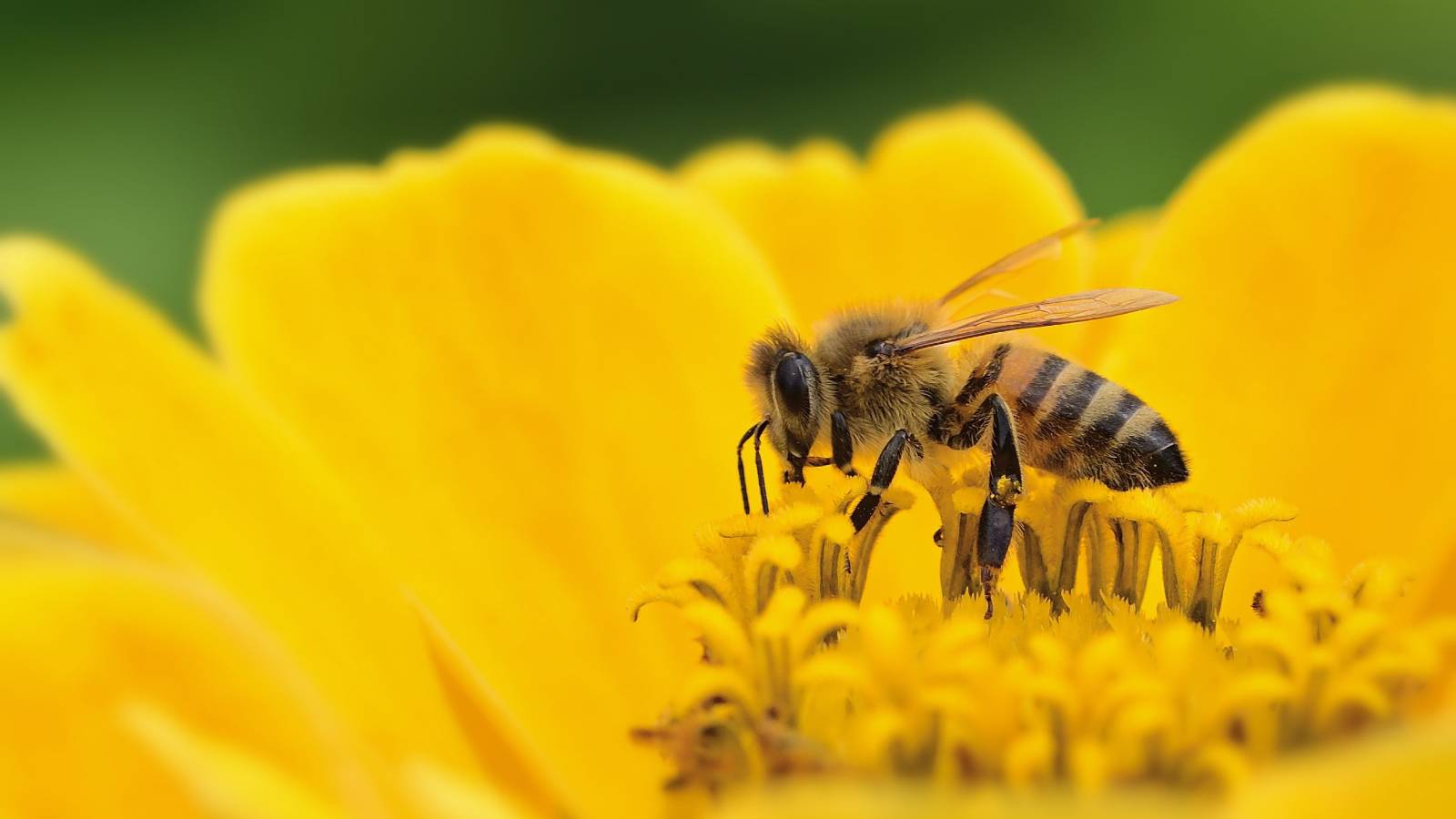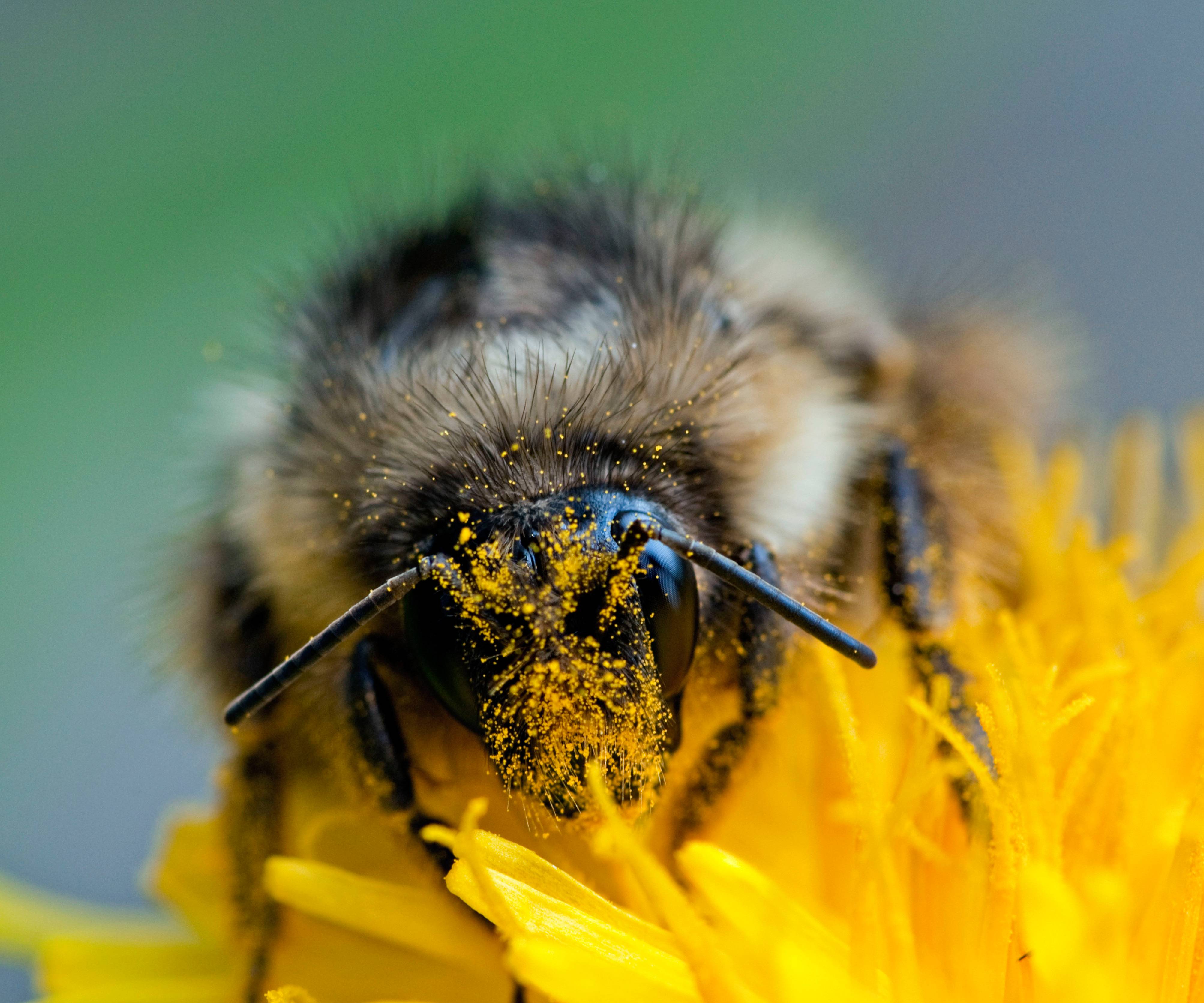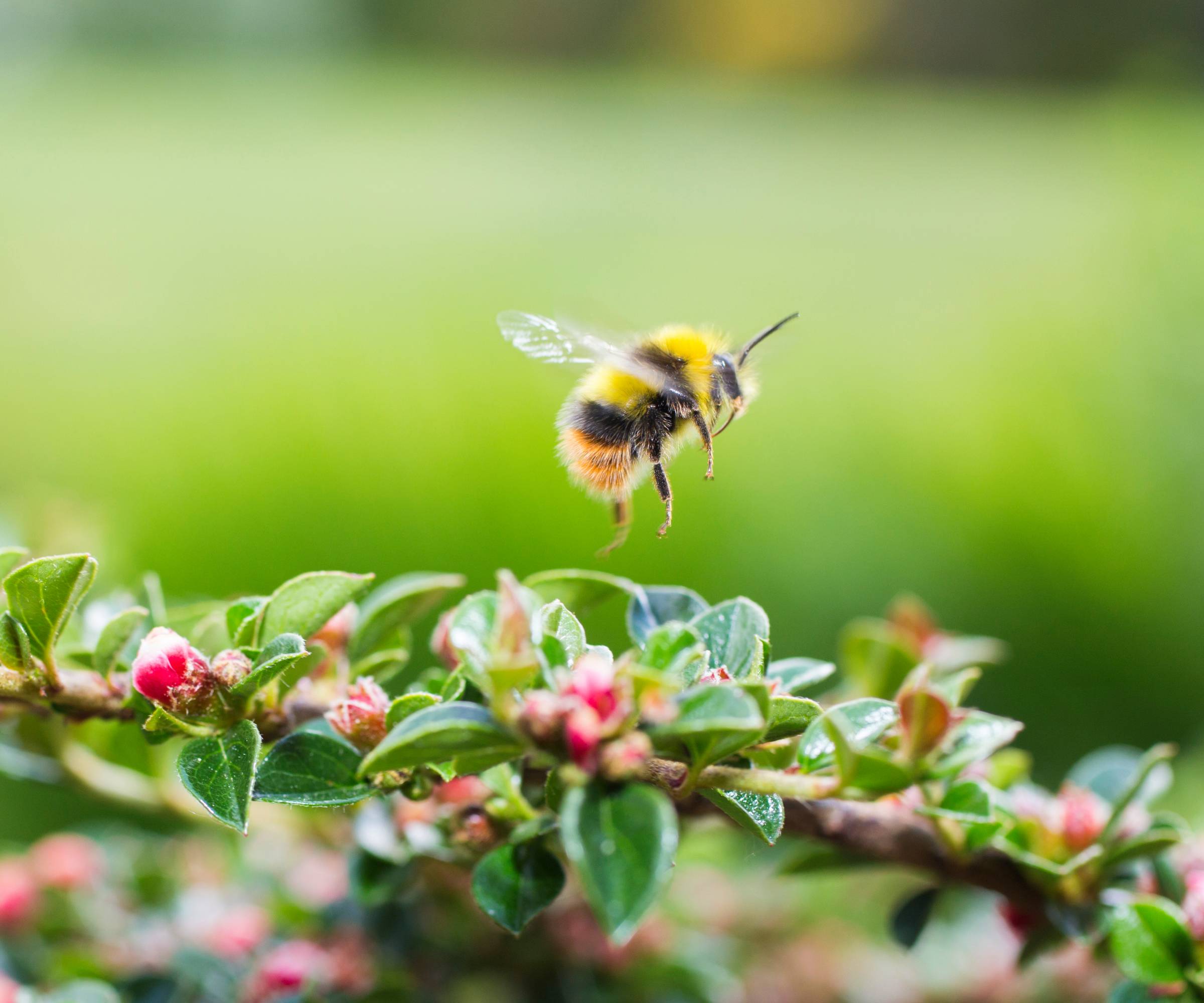What Are Neonicotinoids? And Why You Should Keep Them Out Of Your Garden
Neonics are effective systemic pesticides, but they harm pollinators as much as pests. Learn more about neonicotinoids and how to keep bees safe while maintaining your garden.


Chemical pesticides are intended to kill pests, but many of them have been found to kill off the bees we rely on for pollination. exposed and some have been prohibited because of dangers to humans. Other types of pesticides rose to take the place of those eliminated, and one synthetic type in particular - neonicotinoids - has become quite popular. These were thought to be safe for beneficial insects like bees, but new evidence suggests that neonic pesticides present a real and present threat to pollinators in your garden.
To learn more about neonicotinoids and bees, read on.

What Are Neonicotinoids?
Neonicotinoid insecticides were developed in the early 90s and became popular. They are chemically related to nicotine and are not toxic when it comes to humans or other mammals. However, they are much more toxic to invertebrates, like insects, than they are to mammals, birds and other higher organisms.
Although they were originally touted as less harmful to nature than older types of pesticides, recent information has shown this to be untrue. These insecticides, now the most widely used class of insecticides in the world, are in fact devastating to the environment and particularly toxic to pollinators, including bees.
Hundreds of studies have established that neonics kill many bees and pollinators around the globe. Between April 2020 and 2021, some 45 percent of honeybee colonies were lost.
The Negatives of Neonicotinoids
As is often the case, the benefits of neonicotinoid pesticides have also been shown to be their most negative elements. Neonics were welcomed by agriculture because they are some of the most deadly pesticides ever formulated when it comes to insects. They are also water soluble, which is appealing since they can be applied to soil for uptake by plant roots.
These neonicotinoid “superpowers” are also the primary “negatives” of the pesticides. The fact that they are so deadly is a problem because they kill most insects without regard to “pest” status, including butterflies, bees, and other pollinators. Thanks to their wide use, neonics have made U.S. agriculture much more harmful to insect life.
Sign up for the Gardening Know How newsletter today and receive a free copy of our e-book "How to Grow Delicious Tomatoes".
The water solubility is also a negative, since the chemicals have found their way into the world’s waterways. Transported to surface water, the neonics are a danger to aquatic invertebrates in rivers and streams.
Neonicotinoids are systemic pesticides. The chemicals are taken up through the roots and absorbed into the plants. The toxins can be present in both pollen and nectar, which means that pollinators - including native bees - ingest them and die. Because the neonics remain present in the plant for a long time, these chemicals can harm pollinators when the plants bloom, even when the initial application is made months earlier.

How to Avoid Neonicotinoids
Only a complete ban of neonics by the EPA will fully protect the country’s pollinators and ecosystems. But to date, this has not happened, nor does it seem likely in the near future.
On the other hand, every gardener can choose not to use neonicotinoids. In fact, you should take every step possible to minimize the use of any toxic insecticides. There are many other options. Use an integrated pest management system to combat pests in the yard instead of automatically turning to pesticides. The push-pull pest control method is growing in popularity.
In addition, you will want to determine whether gardeners know if plants they consider purchasing have already been treated with neonics. Look on the label for a warning and talk to staff at the garden store. But these steps might not work. The safe thing to do is to take off all of a plant’s flower for the first year after you buy them in order to keep the bees safe.
Frequently Asked Questions

What pesticides are neonicotinoids?
You will find different kinds of neonicotinoid insecticides, including imidacloprid. This is the main ingredient in Bayer Advanced Garden insecticides. Other common formulations for commercial use include Marathon, Merit (imidacloprid); Flagship, Meridian (thiamethoxam); TriStar (acetamiprid) and Safari (dinotefuran).
Other than these formulations, look in the active ingredient list on an insecticide for one of these names:
- Acetamiprid
- Clothianidin
- Dinotefuran
- Imidacloprid
- Nitenpyram
- Thiocloprid
- Thiamethoxam
Are neonicotinoids banned in the US?
No, neonicotinoids are not banned in the United States.
Do neonicotinoids affect humans?
Studies have shown that neonicotinoids have little effect on humans or other mammals.

Teo Spengler is a master gardener and a docent at the San Francisco Botanical Garden, where she hosts public tours. She has studied horticulture and written about nature, trees, plants, and gardening for more than two decades, following a career as an attorney and legal writer. Her extended family includes some 30 houseplants and hundreds of outdoor plants, including 250 trees, which are her main passion. Spengler currently splits her life between San Francisco and the French Basque Country, though she was raised in Alaska, giving her experience of gardening in a range of climates.